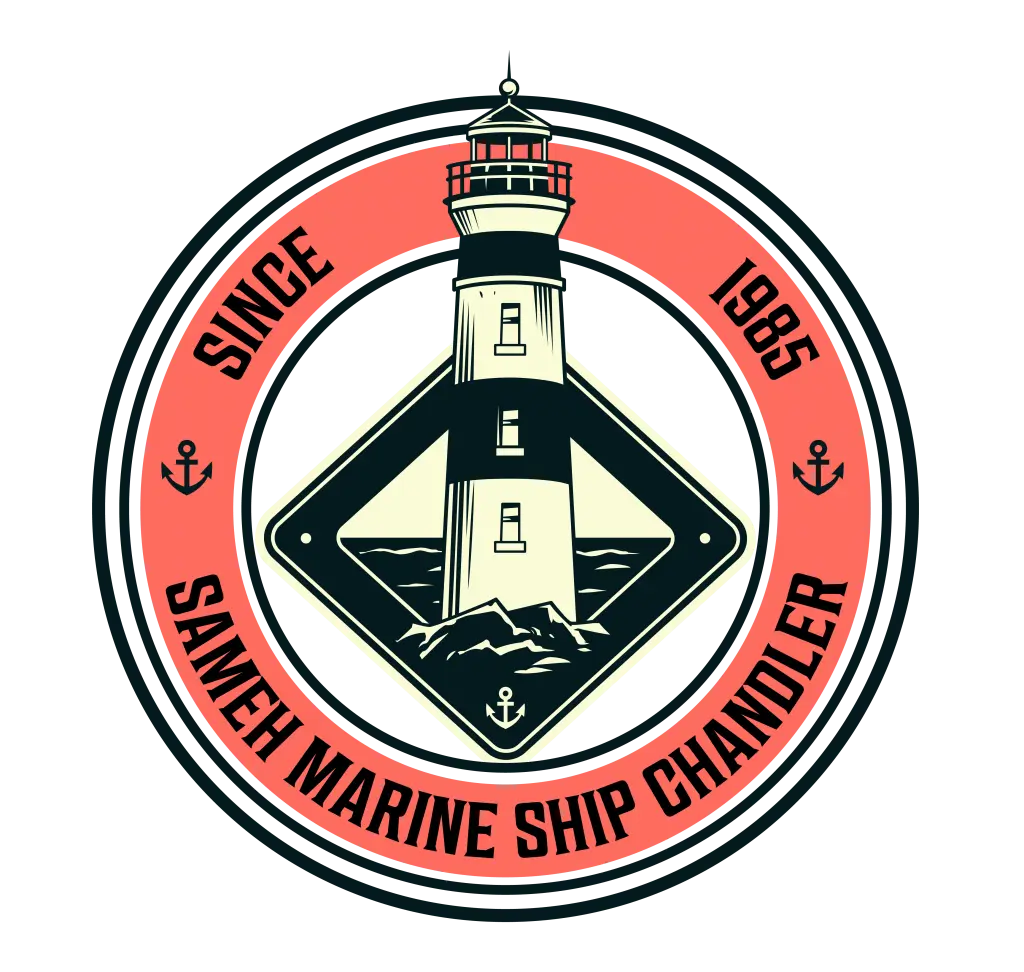In the bustling maritime industry, the importation of marine equipment plays a vital role in ensuring the smooth operation of vessels and the safety of crew members. However, navigating the complex landscape of import regulations in Egypt can be daunting for maritime operators seeking to procure essential equipment. Understanding these regulations is crucial to avoid delays, fines, and compliance issues. In this guide, we’ll delve into the intricacies of import regulations for marine equipment in Egypt, exploring key requirements, procedures, and considerations for maritime operators.
Understanding Import Regulations for Marine Equipment
Import regulations for marine equipment in Egypt, are overseen by a comprehensive legal framework, encompassing customs laws, regulations, and requirements. These regulations, designed to ensure the safety, quality, and compliance of imported marine equipment with Egyptian standards and specifications, are pivotal for maritime operators to navigate smoothly when importing from a certified spare parts supplier. Understanding the nuances of these regulations is essential for ensuring a seamless importation process.
Legal Framework
- Customs Laws: Egyptian customs laws dictate the importation procedures, documentation requirements, and duties applicable to marine equipment.
- Regulatory Bodies: Regulatory bodies such as the Egyptian General Authority for Import and Export Control (GOEIC) oversee the implementation and enforcement of import regulations.
- Product Standards: Imported marine equipment must comply with Egyptian product standards, certifications, and safety requirements.
Key Import Regulations and Requirements
When importing marine equipment into Egypt, maritime operators must adhere to various regulations and requirements to ensure compliance with local laws. These include:
Documentation Requirements
- Commercial Invoice: A detailed commercial invoice specifying the description, quantity, and value of the imported marine equipment.
- Certificate of Origin: A certificate indicating the country of origin of the equipment, often issued by the manufacturer or exporter.
- Import Permit: In some cases, an import permit may be required from the relevant authorities to authorize the importation of specific types of marine equipment.
Product Certification and Standards
- Imported marine equipment must meet Egyptian product certification standards and safety requirements to ensure compatibility, quality, and performance.
- Products that do not comply with these standards may be subject to rejection, fines, or seizure by customs authorities.
Tariffs, Duties, and Taxes
Imported marine equipment, including hard to find spare parts delivery services, is subject to tariffs, duties, and taxes imposed by Egyptian customs authorities. These charges vary depending on the type of equipment and its classification under the Egyptian Customs Tariff Schedule. Common tariff classifications for marine equipment include:
- Navigation Equipment: Such as radar systems, GPS devices, and navigation lights.
- Safety Equipment: Including life jackets, life rafts, and firefighting equipment.
- Engine Components: Such as propellers, engine parts, and fuel systems.
Duty Rates and Exemptions
- Duty rates for imported marine equipment range from zero to specific percentages of the equipment’s value, depending on its classification.
- Certain types of marine equipment may be eligible for duty exemptions, incentives, or preferential treatment under trade agreements or special economic zones.
Import Procedures and Clearance Process
Importing marine equipment into Egypt involves several steps and procedures to ensure compliance with import regulations and facilitate customs clearance:
- Document Submission: Submitting required documents, including the commercial invoice, certificate of origin, and import permit, to customs authorities.
- Customs Inspection: Customs authorities conduct inspections to verify the accuracy of declared information and ensure compliance with regulations.
- Payment of Duties: Paying applicable tariffs, duties, and taxes based on the assessed value of the imported marine equipment.
- Release of Goods: Once all requirements are met and duties are paid, customs authorities release the imported marine equipment for delivery to the importer.
Read Also OEM Certified Spare Parts Suppliers Egypt
Challenges and Considerations
Navigating import regulations for marine equipment in Egypt presents several challenges and considerations for maritime operators:
- Bureaucratic Red Tape: Complex bureaucratic procedures and paperwork requirements can lead to delays and administrative hurdles.
- Compliance Issues: Non-compliance with import regulations may result in fines, penalties, or the seizure of goods by customs authorities.
- Logistical Challenges: Ensuring timely delivery and clearance of imported marine equipment amidst logistical challenges such as port congestion and transportation delays.
To overcome these challenges, maritime operators should:
- Plan Ahead: Allow sufficient time for importation procedures and clearance processes to avoid delays.
- Seek Expert Guidance: Consult with customs brokers, freight forwarders, or legal experts with expertise in maritime import regulations.
- Maintain Accurate Records: Keep detailed records of all import-related documents and transactions to ensure compliance and facilitate customs clearance.
Compliance and Risk Management
Ensuring compliance with import regulations, particularly in the context of spare parts delivery, is paramount for maritime operators to mitigate risks and maintain operational efficiency.
- Risk of Non-Compliance: Non-compliance with import regulations can result in financial losses, reputational damage, and legal consequences.
- Risk Management Strategies: Implement risk management strategies such as due diligence, compliance audits, and staff training to minimize non-compliance risk.
Conclusion
In conclusion, navigating import regulations for marine equipment in Egypt requires careful planning, understanding, and adherence to legal requirements. Maritime operators can streamline the importation process and avoid potential pitfalls by familiarizing themselves with critical regulations, documentation requirements, and clearance procedures. Partnering with experienced logistics providers, customs brokers, and legal advisors can further enhance compliance and mitigate risks associated with importing marine equipment in Egypt. Ultimately, prioritizing compliance with import regulations ensures the integrity, safety, and efficiency of maritime operations in Egypt’s vibrant maritime industry.
